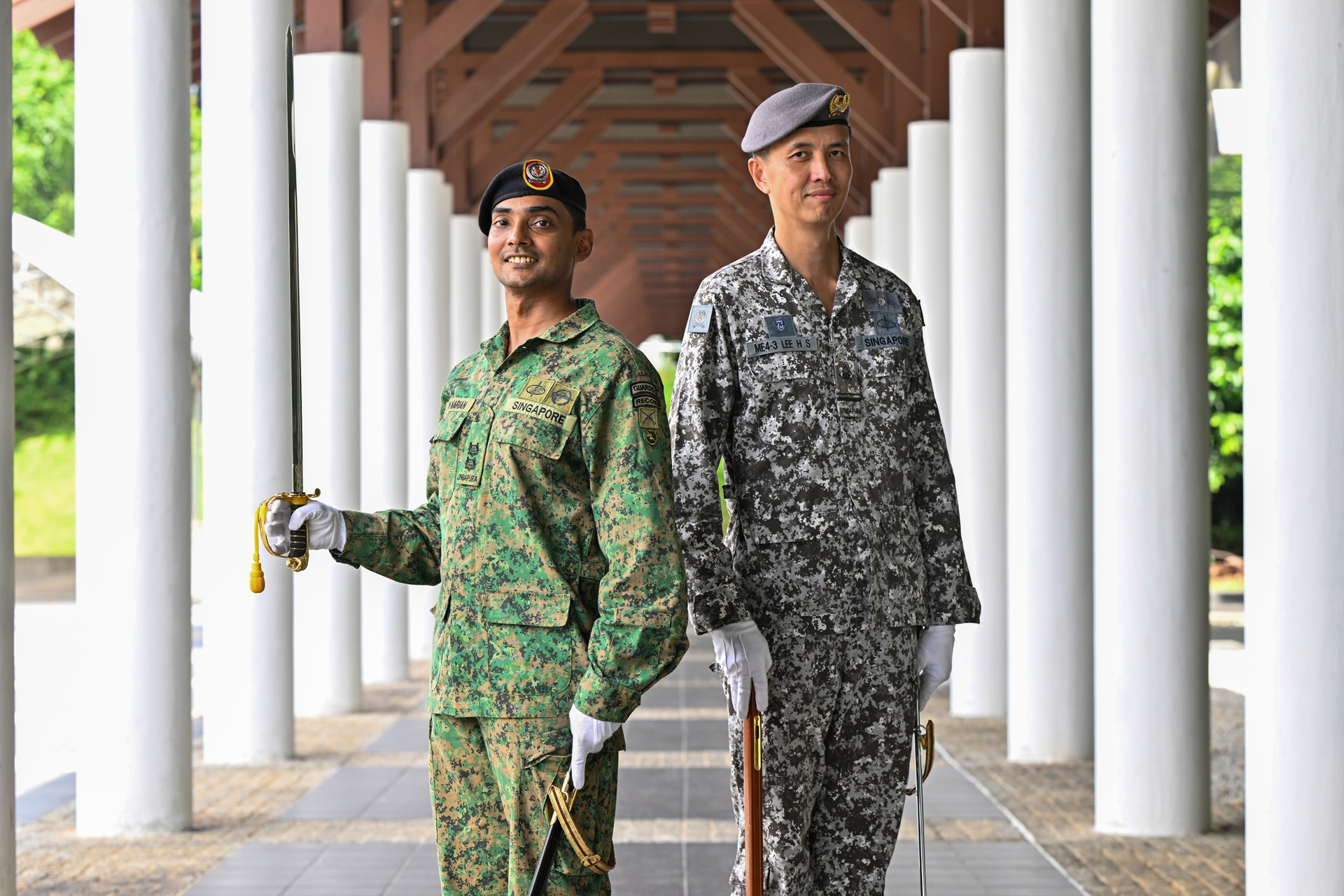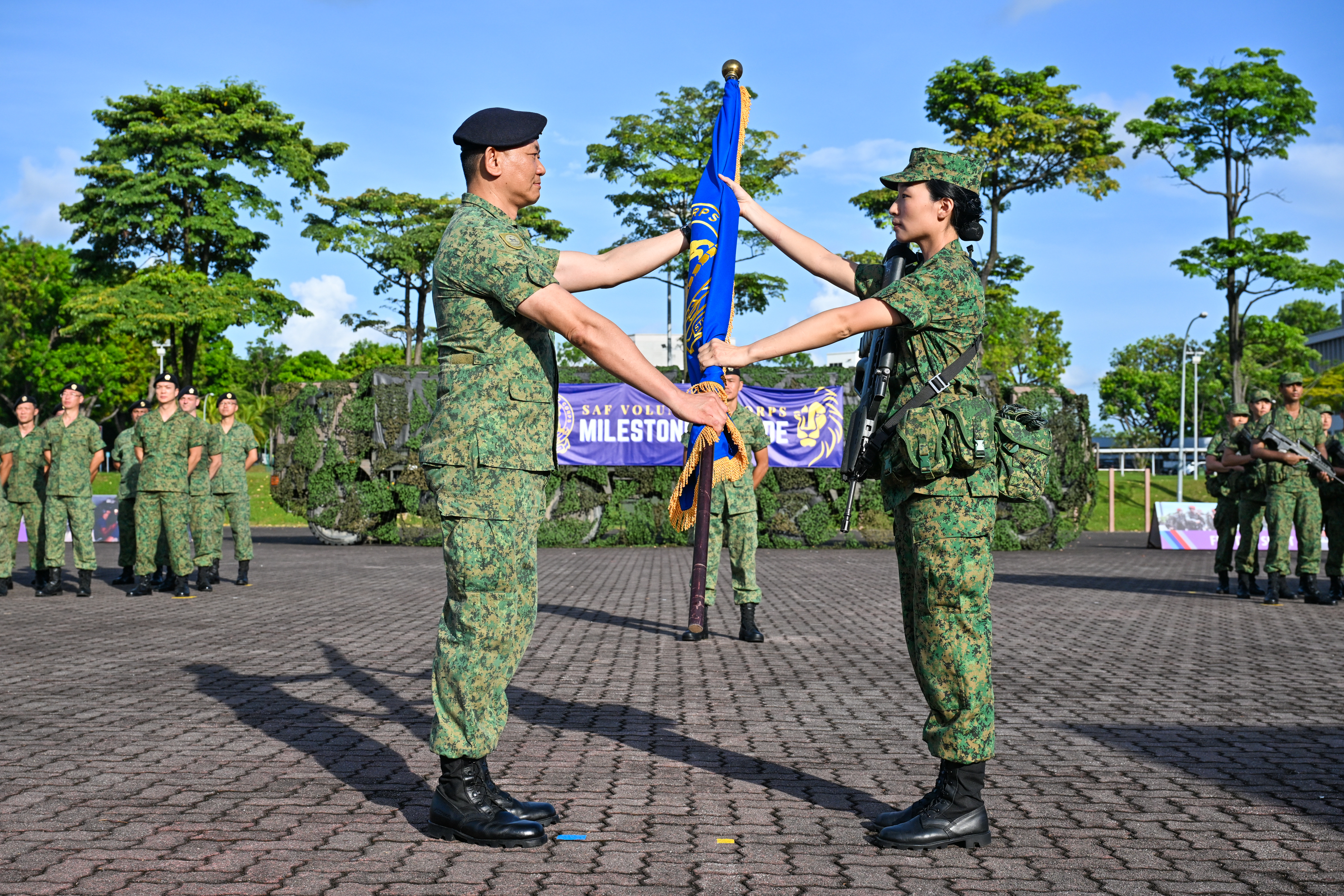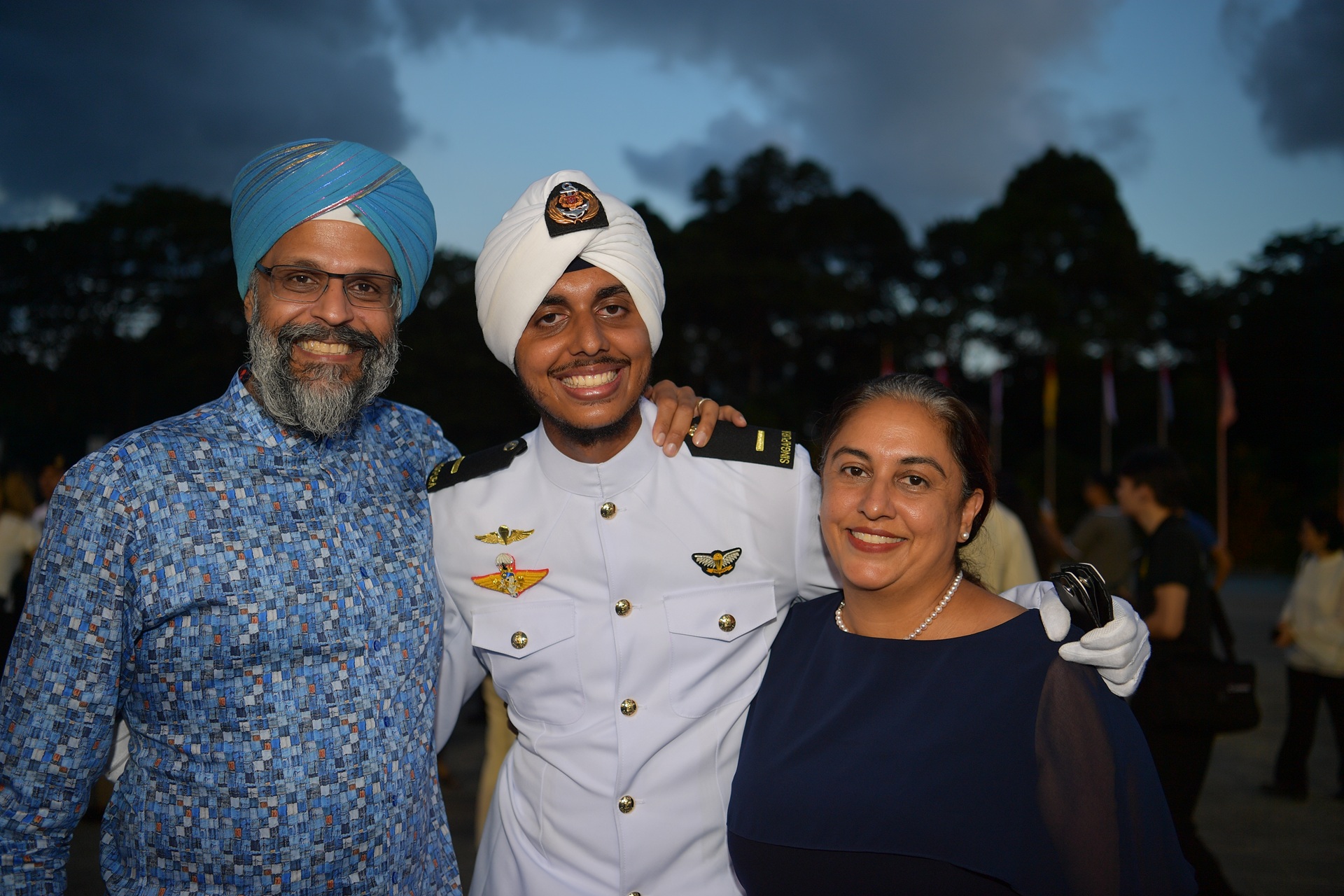RANGERS LEAD THE WAY
PHOTO // Terence Lim andAloysius Tan
It is pitch dark and all one can hear is the chirping of crickets. A team of SAF Rangers has been paddling down the river for about an hour. Their arms are aching but they maintain their pace. Their mission: to launch an attack at first light and capture the objective. PIONEER finds out what it takes to be an SAF Ranger.
CPT Justin Teo has been lying among the thick vegetation since last light. So have his patrol mates. Beads of perspiration trickle down the cheeks of their camouflaged faces.
They have been counting down to their H-hour to launch an attack on their objective. H-hour is the designated time that operations or combat attacks are initiated. 2100hrs. The team of Rangers move towards their objective silently and swiftly.
The peace and silence come to an abrupt end as a barrage of gunshots tear through the night. Bang, bang, bang...KABOOM!
Within minutes, CPT Teo and his mates have taken down the enemy forces and blown up their headquarters.
Just like how they have come, the patrol moves back into the jungle quietly and start trekking towards their patrol base to plan for their next mission.
"Toughest course in the SAF"
Although CPT Teo was just taking part in one of the missions in the 34th SAF Ranger Course, he was exposed to a realistic simulation of an actual mission - complete with enemy fire and live explosives.
The two-month course is open to all medically-fit Army officers and specialists who have undergone the Advanced Section Leaders' Course in the School of Infantry Specialists (SISPEC) or the Commando Small-Unit Leader Course.
Ninety servicemen had applied for the course and only half made it through the course selection test.
Conducted by Special Operations Tactics Centre (SOTAC)/Commando Training Institute, the course, which is known as the "toughest course in the SAF", is split into three phases, with the first two phases held locally.
The trainees go through realistic patrolling exercises in simulated environments and various terrain. To further expose the trainees to such terrain and weather conditions, they also train overseas during the final phase.
Trainees are expected to perform effectively as small unit leaders in realistic tactical environments under mental and physical stress, which is akin to that found in a real combat mission.
They also undergo prolonged periods in the field with back-to-back missions.
With such tough and rigorous training, it is little wonder that only 40 trainees made the cut as full-fledged Rangers this time round.
Not as tough?
Some critics argue that the Ranger course is not as tough as before, and that the syllabus has been modified so that more servicemen can pass the course.
But having spent almost two weeks with the trainees, PIONEER begs to differ. While it is true that the syllabus has been modified, the changes were made to incorporate the latest training philosophy and pedagogy, and to cater to a core of better-educated servicemen.
2WO S Sinayah, who was one of the Ranger cadre for this edition of the course, has coached six batches of trainees. He said: "You can see the difference between the trainees now and then."
"While the trainees in the past were physically stronger, today's trainees can understand instructions better and grasp the concepts of the operations faster."
With the number of tasks a Ranger has to do, it is critical that he understands the modus operandi quickly and clearly.
Not only must a Ranger be skilled in his field craft and be able to do battle with his enemies while carrying an impossible load, he must be equally adept in the air and water.
In certain operations, the patrol can be air-lifted and they are expected to parachute down to a landing site to execute the assigned mission before trekking to a safe base. They can also be inserted via helicopters or boats, or may be required to swim across a river with all their equipment.
Technological boost to training
To increase training realism, technology has played an important part as the trainees these days use night vision goggles (NVG) and the Tactical Engagement System (TES).
The goggles allow the trainees to execute night missions more efficiently and with less dependence on natural illumination, which may be non-existent in a real operation. The TES is a laser system that provides audio and visual feedback to soldiers after each engagement. It also evaluates the outcome, beeping and lighting up if the enemy is 'shot' or 'injured'.
"To be honest, we weren't very comfortable with using the NVGs at first," said CPT Teo, a Commando officer.
"Once, we had a night mission and had to walk through a very dense forest with zero illumination. We then realised how important our NVGs were to us."
CPT Lim Han Yong of 40 SAR echoed CPT Teo's sentiments. "The NVGs and the TES set make us more aware of the situation around us. We can even hear the beeping sound of the TES when we get a 'near-miss' shot from the enemies."
"With the TES, we can actually feel the anxiety of fighting in a real situation."
Against all odds
To ensure that the trainees have a thorough understanding of each operation, they have to go through several practice sessions and exercises to get a better feel and to overcome any personal fears they might have.
CPT Muhammad Rashik Bin Omar from 1 SIR admitted that he had some reservations about swimming in open waters.
"All junior commanders should step up and take up the Ranger challenge and all unit commanders should encourage their subordinates to do so. As Rangers, you can help by encouraging others to attend. Tell your success stories to your soldiers and colleagues to inspire them. With sufficient preparation and the right motivation, I believe that this challenge is surmountable, as you have so aptly proven."
-- Chief of Army Major-General Neo Kian Hong, speaking at the Ranger Course graduation.
He said: "Swimming laps in a pool is not a problem at all, but it's different swimming in rivers or the sea."
"During my first few swims, I wanted to turn back when I was not even halfway through. If not for my instructors' encouragement, I don't think I could have overcome my anxiety."
Personal fears aside, the trainees PIONEER spoke to agreed unanimously that passing the SAF Ranger Course took more than just physical and combat fitness.
The Naval Diving Unit's 1SG K Saravanan said: "During the course, we had virtually no communication with the outside world."
Added CPT Lim: "As part of the training, food and rest were limited but these were well taken care of by the instructors. It was the deprivation of freedom that was most challenging."
Despite the tough conditions they faced, this latest batch of Rangers found their own unique ways to keep themselves upbeat and happy.
"We think of our family members," said CPT Rashik. "Sometimes, it just takes one guy in the group to smile and we'll all start smiling too."
Tongue-in-cheek, CPT Lim said: "We sometimes mimic our instructors and this always makes all of us laugh!"
"Jokes aside, at the end of the day, it all depends on how much you want to be a Ranger."
The main motivator - desire
Throughout the course, the trainees worked hard to earn the coveted 'Ranger' tab. But it was particularly evident during the last activity of the course.
To complete their course , they had to carry the rigid hull inflatable boats (above) back to base camp. They had just rowed tirelessly down a river the entire night before and executed a final assault at daybreak.
The lack of sleep and aching limbs did not help but the determination on the faces shone through.
"Our backs were breaking," said CPT Teo, referring to the weight of the boat and their full-packs on their backs. "Some of the guys started to sing songs to motivate all of us, then the emotions started coming out."
Together with tears streaming and perspiration trickling, they had to summon every ounce of energy left in them to push forward and carry them through.
Several of them fell but picked themselves up almost instantly, for fear that their mates would have to work harder to bear a greater load. What was paramount to them was finishing the task at hand without letting any of their fellow trainees down.
Beginning of a new journey
Despite being a physically and mentally challenging course, all the trainees agreed that the Ranger course was worth giving their best for.
CPT Lim said: "To me, this is not just another course. Being a Ranger is more like a character trait or personality by itself."
"Being a Ranger speaks well of a soldier too, and since the SAF is providing an opportunity like this, we should go for it."
Agreeing, 1SG Saravanan said: "I came for the course wanting to learn more. For us divers, we don't have that much knowledge about field craft, so this course gave us a good chance to learn."
As the new Rangers go back to their respective units with their Ranger tabs and an additional sense of pride, they agree that what they had learnt in the course would not end there.
"During the course, we found out more about ourselves - our strengths and weaknesses," CPT Rashik said. "It's time we looked at how we can improve ourselves, or else it's meaningless to get the Ranger tab."
Spending close to two weeks with these Rangers, PIONEER is convinced that these are not normal soldiers, but a bunch of dedicated men with the spirit of excellence flowing through their blood. No matter how tired they were, they executed each mission professionally and meticulously.
CPT Teo put it best: "Everything we do must be the best, no matter how small a detail it is."
How did the SAF Ranger Course benefit our own senior officers? PIONEER chats with Chief Commando Officer COL Lam Shiu Tong (above) to find out more.
A heavy rucksack was resting on the tired and sore back of a young Commando lieutenant. His 10km route march, part of the training during the SAF Ranger Course, had just started.
This was back in 1989, and the soldier was LTA Lam Shiu Tong.
Fast forward some 18 years later. As PIONEER sat down with COL Lam in his office, it was pretty evident that the young officer overcame his apprehension back then to complete the course, and had gone far in his military career.
While he was confident that his Commando training had prepared him well for the course, COL Lam had his own doubts then.
"Will I make it or not?" he had asked himself. "Will I be able to go through it, since everybody says it's so tough?"
"During the Ranger course, you learn about yourself. You may not have gone through similar situations," COL Lam said. "Things that you previously thought you couldn't do, you realise that you actually can."
The 41-year-old also credited the course for allowing the Rangers and himself to identify their own "threshold of being able to push themselves mentally and physically to do various tasks under tough conditions".
While it might be true that the Ranger Course trains soldiers in their combat fitness and soldiering skills, COL Lam added that the trainees are also taught lessons in life-skills.
"The course always demanded our attention to details and the cadres never let us go off if we didn't check our equipment properly," he said.
"I realised the importance of attention to details as a solider. It's something that we take away with us and even till now, this aspect has served us well in our military career."
Teamwork, said COL Lam, was another aspect that Rangers had learnt to appreciate even more.
He said: "From the 1980s till now, the buddy system and the camaraderie between you and the person next to you have always been emphasised."
"You're just as fast and just as good as your buddy is."
With Chief of Army MG Neo Kian Hong, himself a Ranger, encouraging more junior commanders to go for the Ranger Course, COL Lam feels that there can only be benefits for the SAF. "Rangers are taught basic but core soldiering skills. Regardless of the vocation you're in, those skills are very important," he said.
"If many of our soldiers are Ranger-trained, we will soon have a very good base of men with soldiering competency."
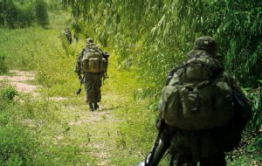
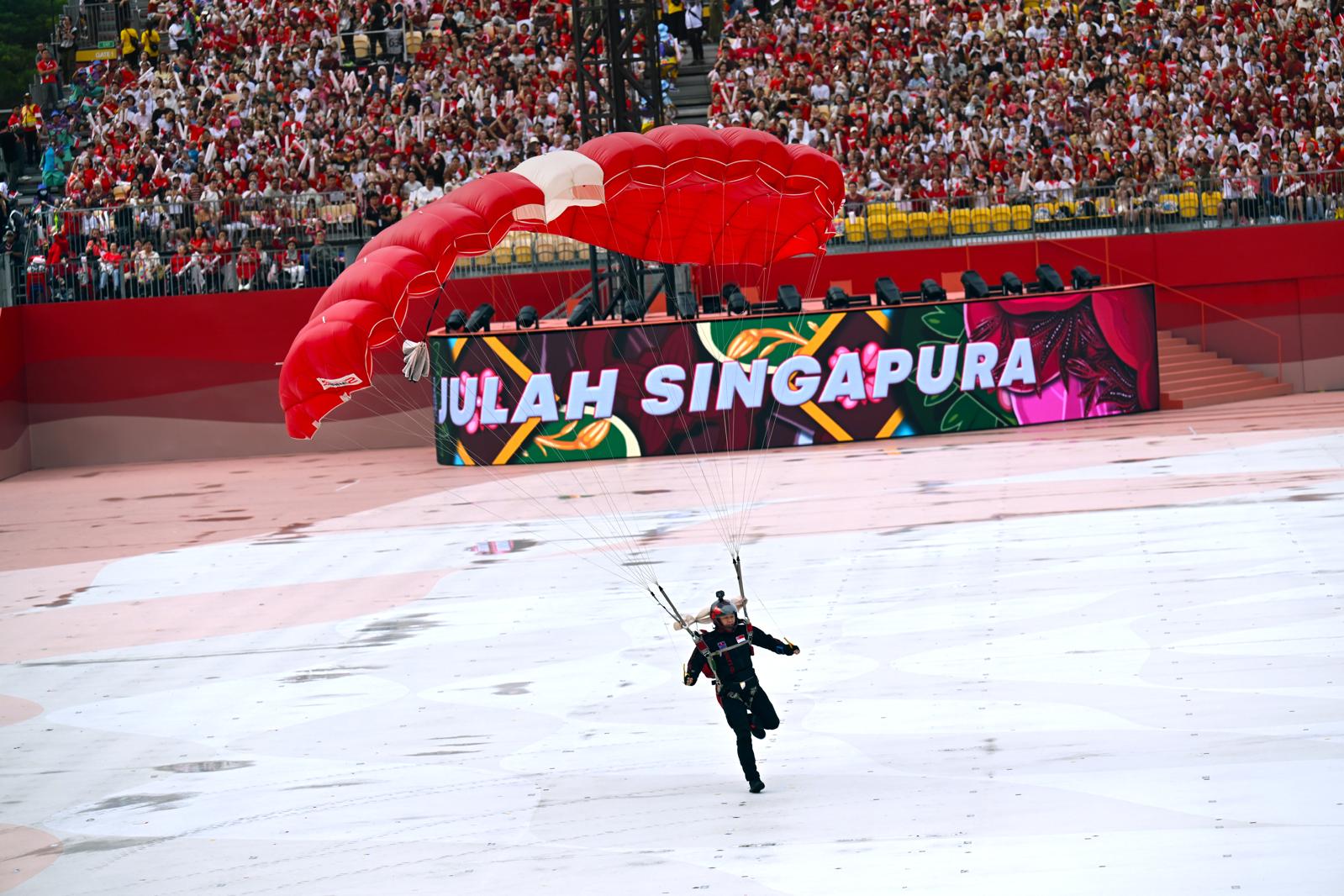
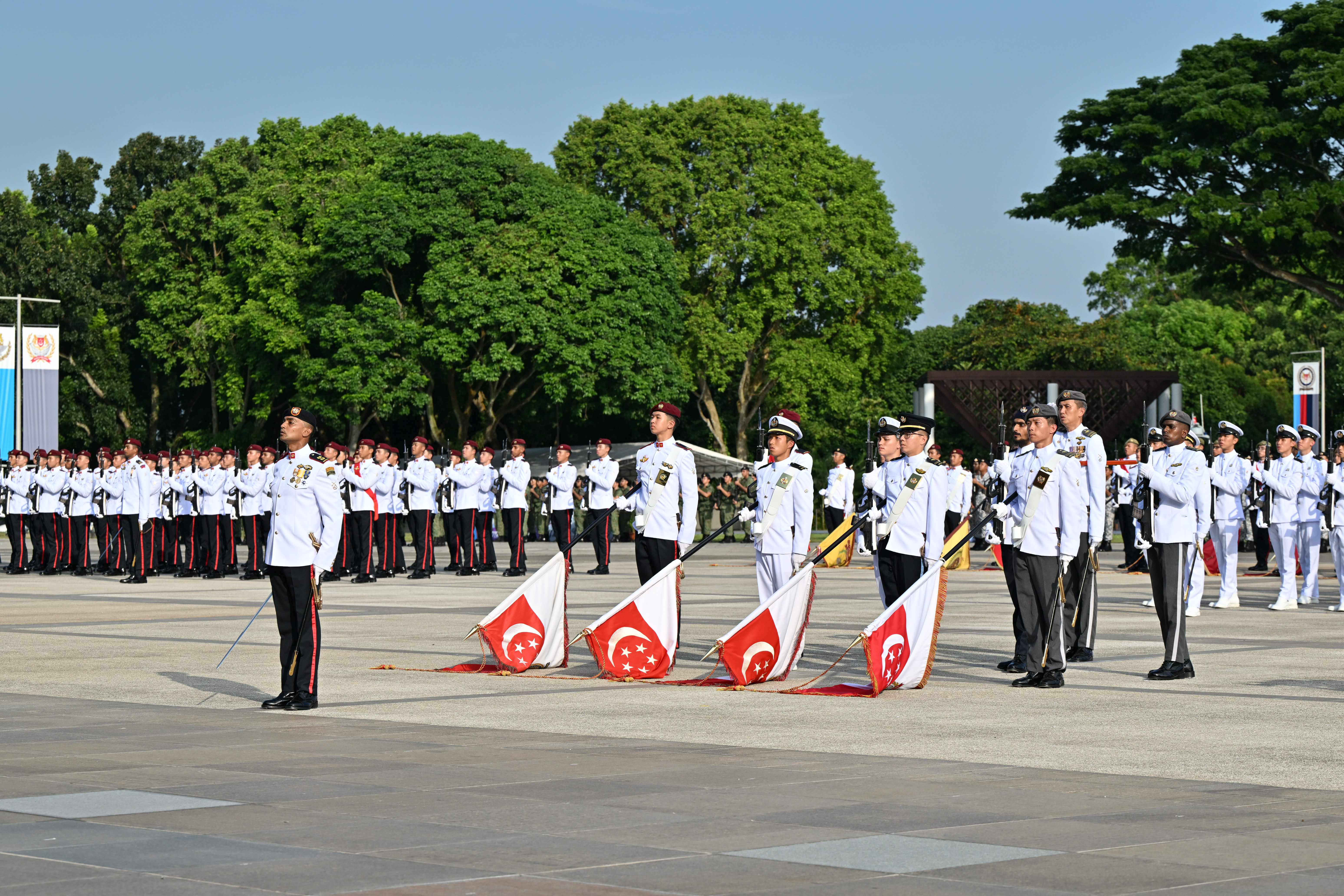
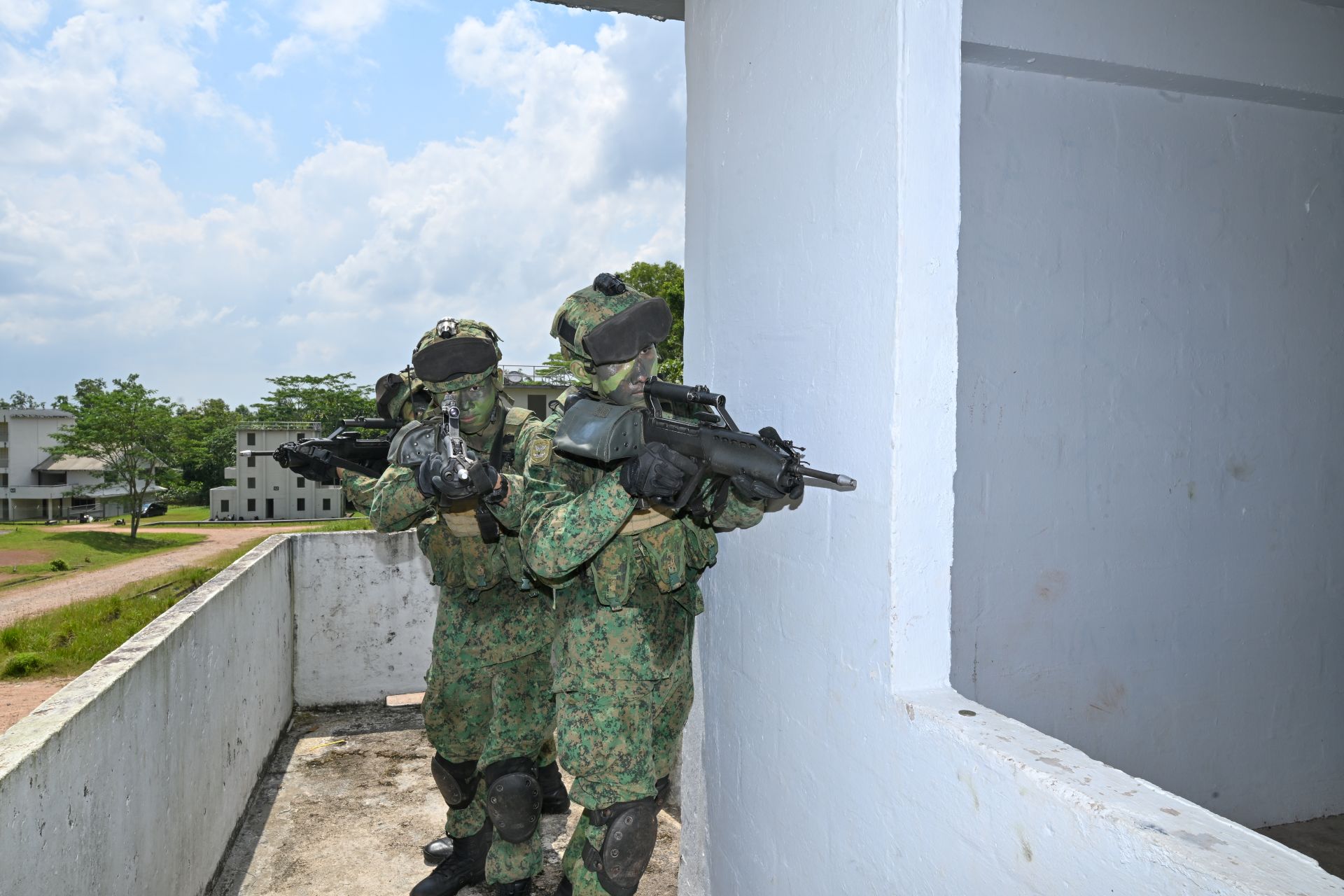
.jpg?sfvrsn=b5383902_1)
.jpg?sfvrsn=4eb1b86e_1)
